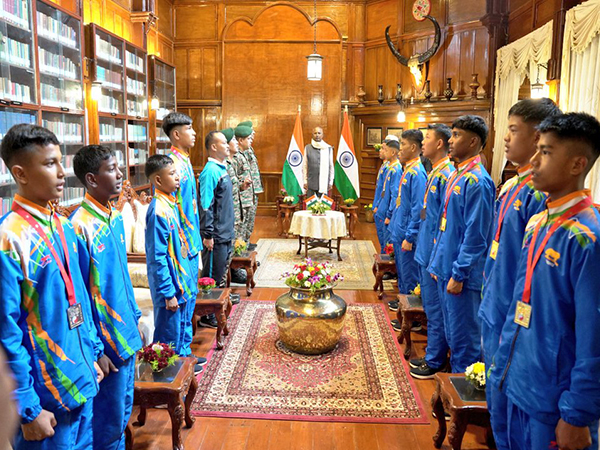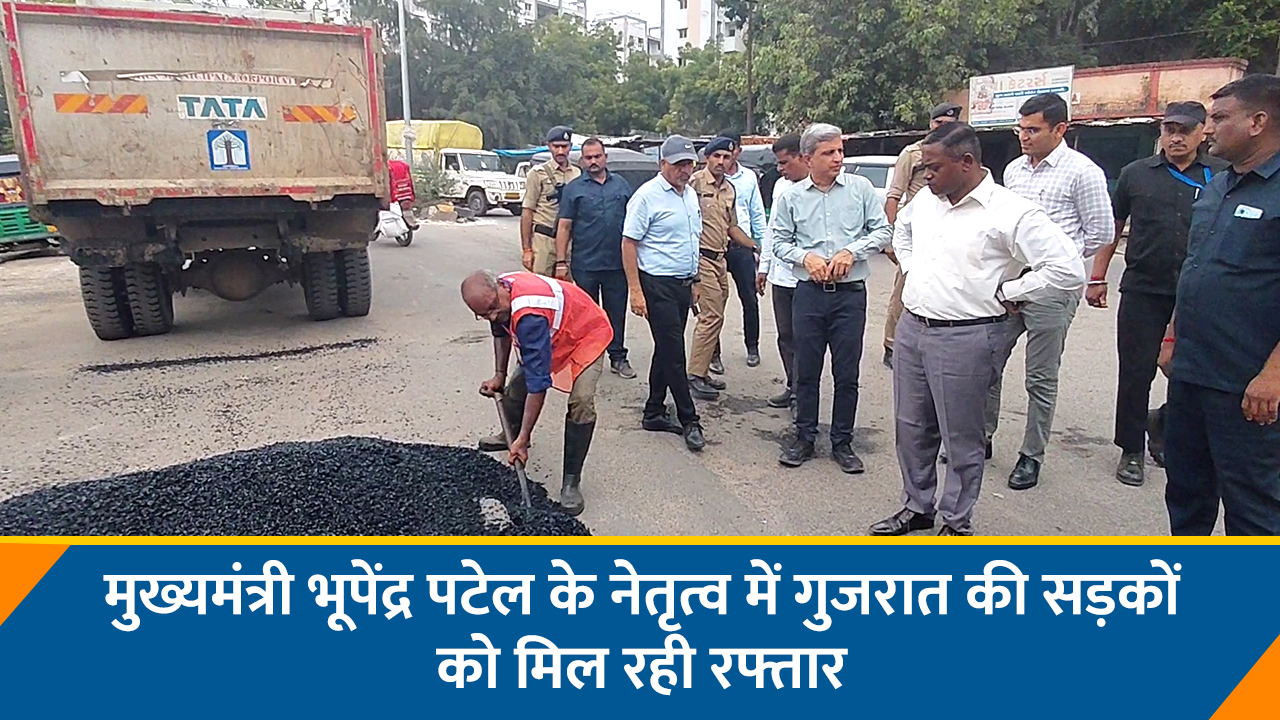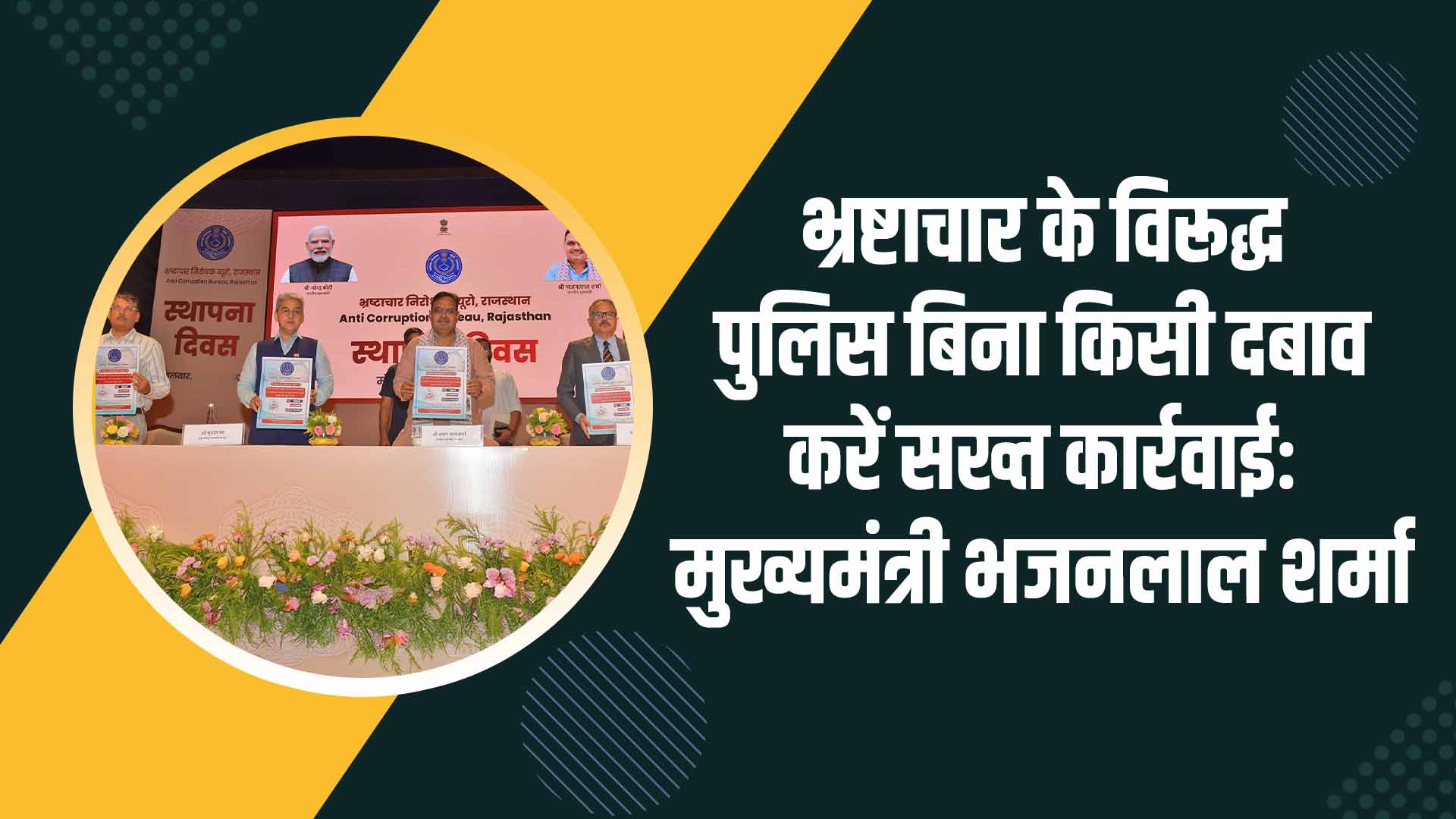Crisis looms over Kashmir's cricket bat industry as willow trees face extinction
Sep 23, 2024

By Rajnish Singh
Pampaore (Jammu and Kashmir) [India] September 23 : Kashmir's iconic willow trees, essential for crafting high-quality cricket bats, are on the brink of extinction, raising alarms for nearly 1.5 lakh job opportunities to artisans or workers, and the cricket bat industry.
Historically, Kashmir has been renowned for producing some of the finest willow bats, a tradition that supports countless families and maintains the region's cultural heritage.
However, environmental changes, overharvesting, and a lack of sustainable practices have significantly reduced willow tree populations.
Those engaged in the bat industry warn that if current trends continue, the supply of this vital resource could dwindle, impacting not only the local economy of nearly 700 crore and employment to 150,000 people (both Kashmiris and a huge number of labourers from Uttar Pradesh and Punjab) but also the global cricket community. They seek immediate action to conserve these trees and promote sustainable harvesting methods.
The future of Kashmir's cricket bat industry hinges on effective conservation strategies to ensure that this cherished tradition does not fade into history.
Fawzul Kabir, Spokesperson for the Cricket Bat Manufacturers' Association of Kashmir and the owner of one of the bat industries in Kashmir named as GR8 India Pvt Ltd.
"The growth of bat industry is more than 25 times, and that "we are only able to cater just 10 per cent to 15 per cent of demand, and the rest of the things were unable, because the demand is so high, and the raw material that has been coming to us for years is on the verge of extinction," Kabir said
"That thing has hit the industry to a greater extent, and we are afraid that this industry may come to an end in next five years because of the shortage of the raw material (willow)," said Kabir, who claims that his brand got the first ICC approved level in Kashmir bat industry and he is engaged in taking Kashmir willow to the world as an Indian product.
Asked whether you or those engaged in bat industry business have raised this issue with the Union Territory government here, Kabir said, "we have met our honourable LG several times regarding this thing.
"We (bat industry owners) are, right now, economic contributors. There are 400 factories (bat), and we are providing and generating a livelihood to around 1.5 lakh people. This means a lot. This industry is ranked at number three right now in Kashmir, after tourism and agriculture. If this will come to an end, it will have a greater bent on the economy of the nation," Kabir said.
"And that's what we brought into the consideration of our LG sir, and he promised us to start a plantation drive. Just today, I heard about a programme being run by J&K government 'Ek ped maa ke naam (One tree on the name of mother). Under this programme, the J&K government has planned to plant around 2.5 crore saplings this year. We have requested the government, since you have the planning process and you are ready to plant some trees in Kashmir, 2.5 crore means a lot when the industry needs just one lakh trees per year. And if they are planning to plant trees here, why not to plant willow trees so that it will suffice both needs. One, go green, green J&K and again, it will keep our industry intact and the livelihood of 1.5 lakh people."
Explaining about the cricket bat manufacturing process, Kabir said: "First we have to go and we have to get the cricket willow tree that is used for making cricket bats. We have to take the maximum girth of a log that has to be 36 to 60 inches. Then we cut down into it into slices. We make clefts out of it... Then we cut it down. We shave it off so as to see which part of the blade can be used for inserting the handle, and which can be the playing area. Then it goes through under many processes but that are the hand tools only, except the one that's the pressing where the bat is being compressed so that it can face the ball, the force of the ball that approaches the bat, and it can hit the ball over the boundary line for a six. That is the main process, which makes a difference between a plank of a wood and the cricket bat.
"Then you have to shape the bat. And the shapes of different bats are varying as per the playing conditions, as per the players they are using, as per the conditions of the ground. It differs with that, and then after that, it goes through sanding, then buffing, and then the labeling, then the final bat gets ready for you."
Asked over demand for Kashmiri bats, Kabir said "we had just eight cricket playing nations 10 years ago. They were the test cricket playing nations. But, ICC has done a lot to take cricket to the world and to give an alternative to the soccer or football. Now, we have around 162 cricket playing nations, and the addition of these nations to the ICC has taken the demand to that level where it is right now, 20 to 25 times more than we used to generate just 10 years ago."
"This thing has taken the Kashmir willow industry to the next level. With the ICC approval to my brand and to the Kashmir willow has taken it to the next level, and people are now opting Kashmir willow in the professional cricket game. That's what has changed the fate of Kashmir willow," said Kabir,
Cricket was brought to India more than a century ago, and as the sport gained popularity, it spurred the development of the cricket bat industry. Recently, there has been a renewed interest in Kashmiri willow, which is used to make cricket bats. This surge in interest follows notable appearances in recent tournaments and the visit of legendary former Indian cricketer Sachin Tendulkar to a bat factory in the Sangam area of Anantnag district in February this year. His visit has rekindled conversations about the high quality of Kashmiri willow and the bats crafted from it.

















